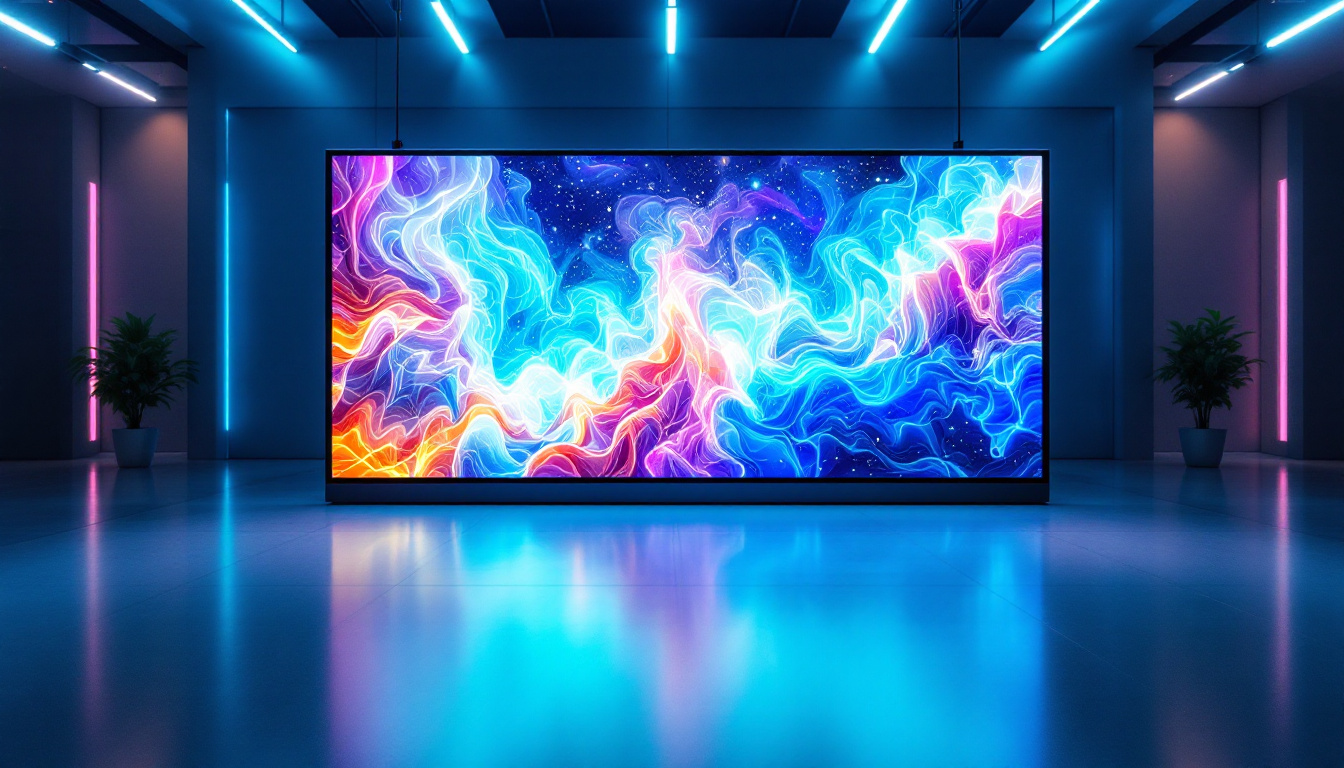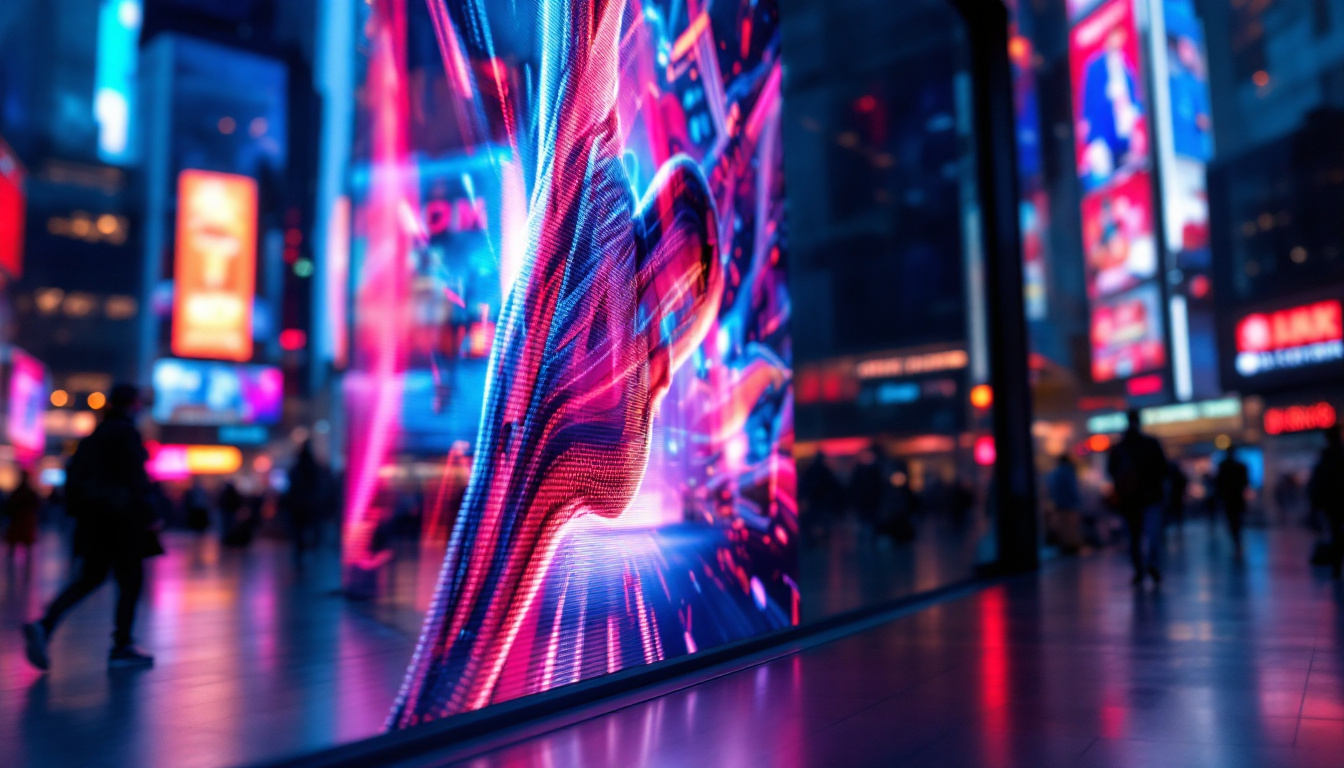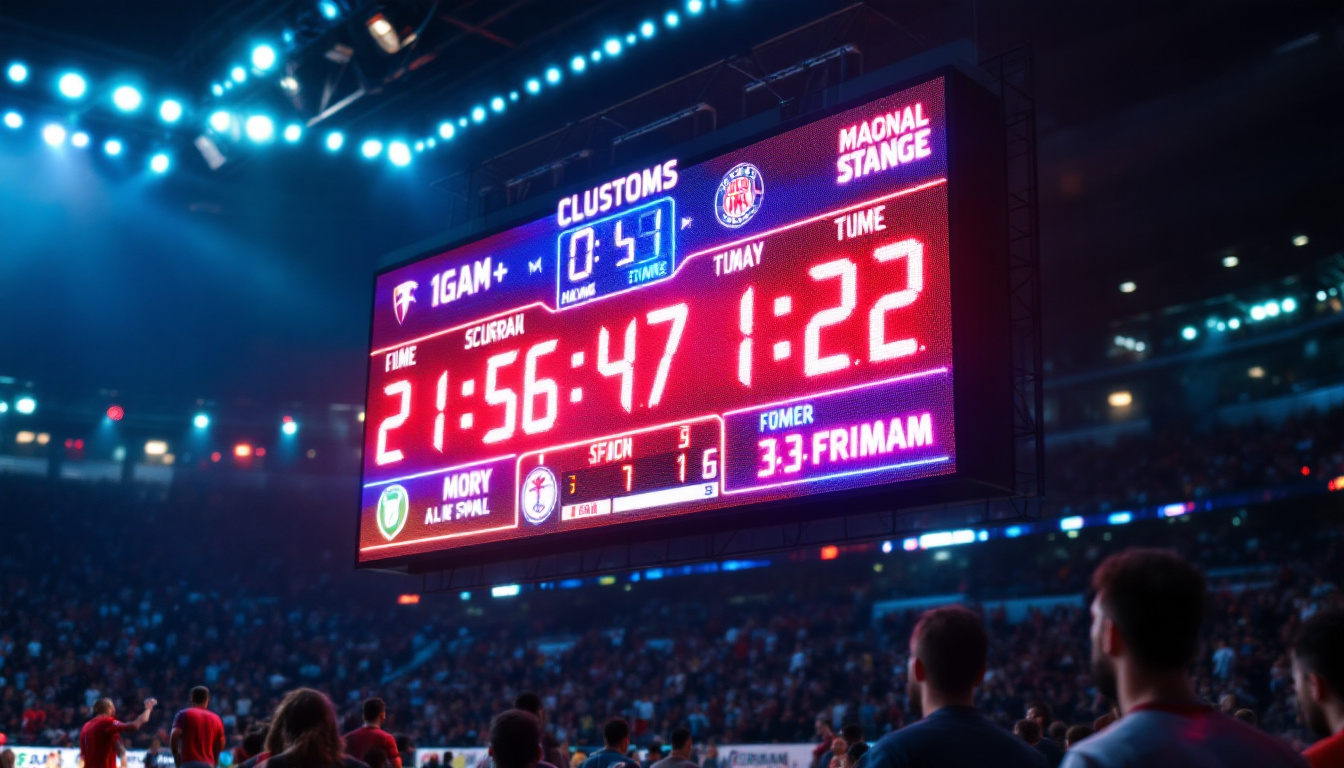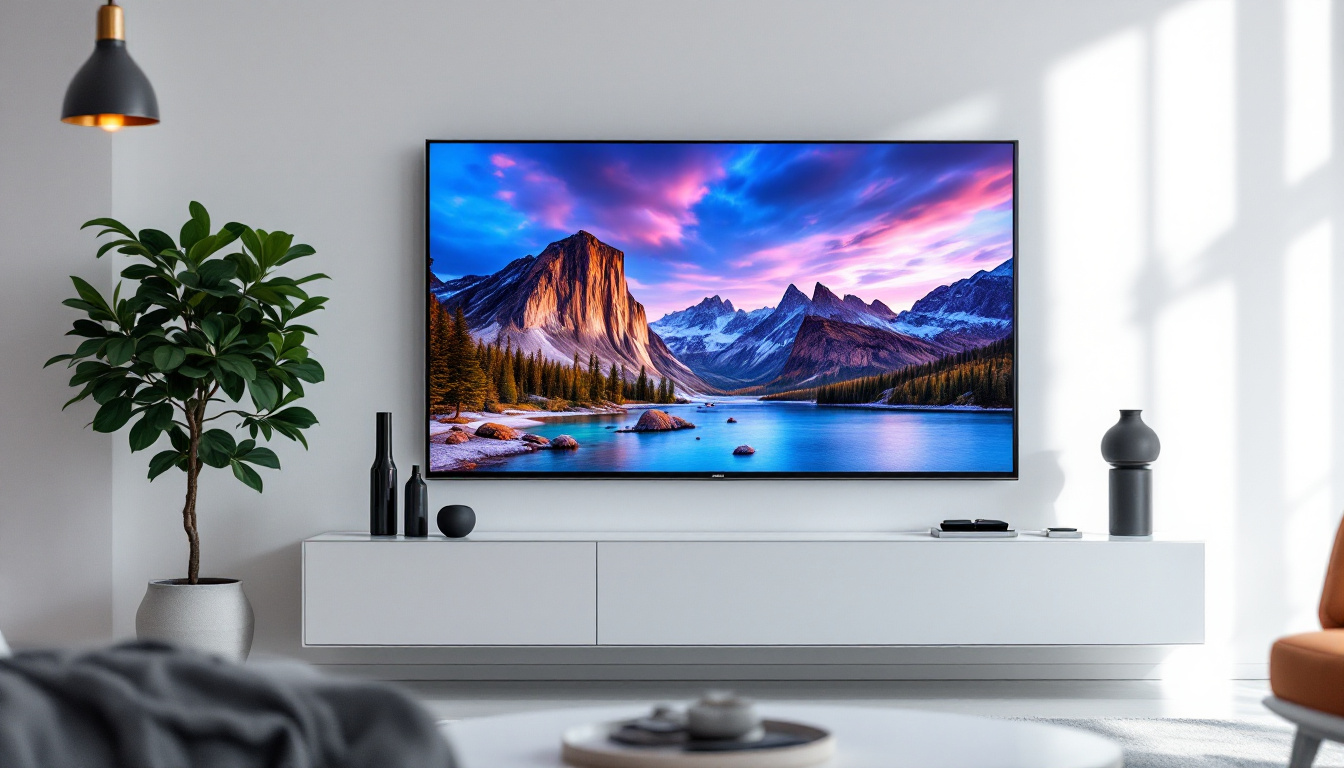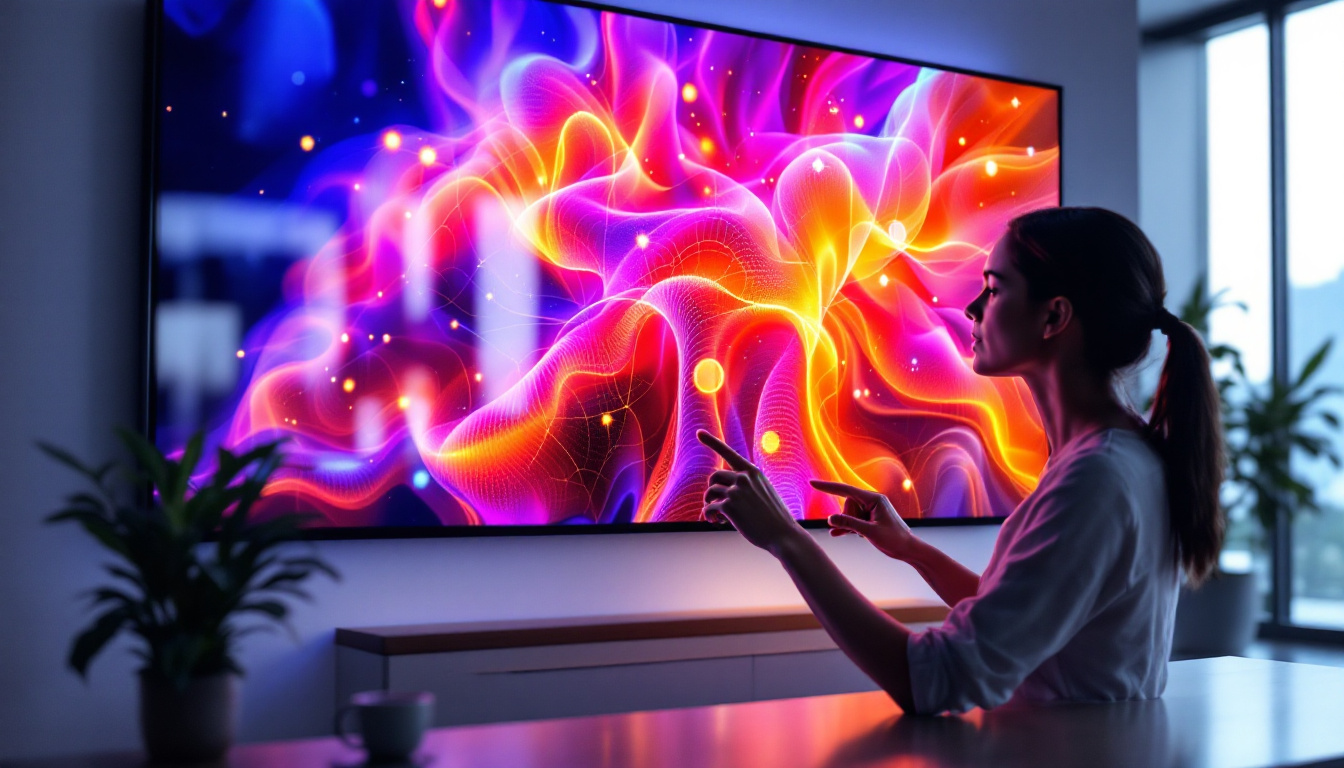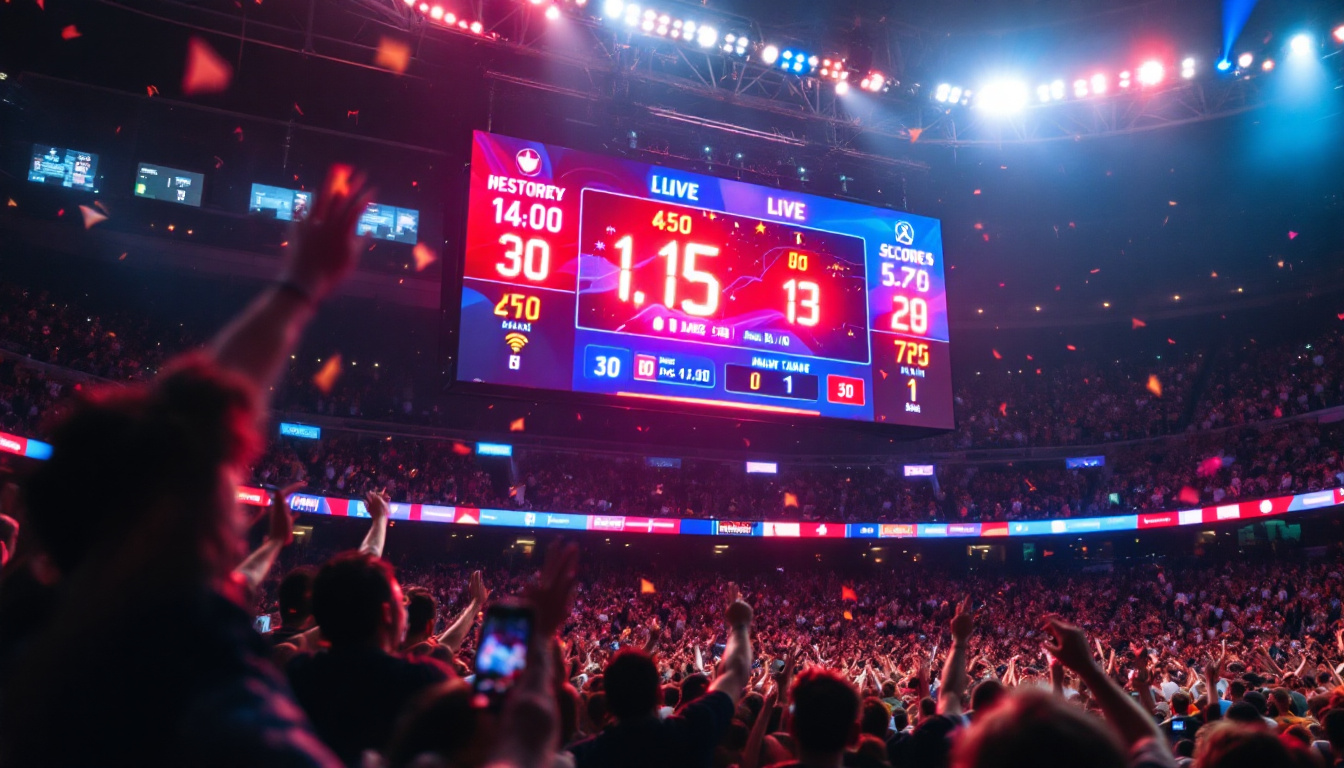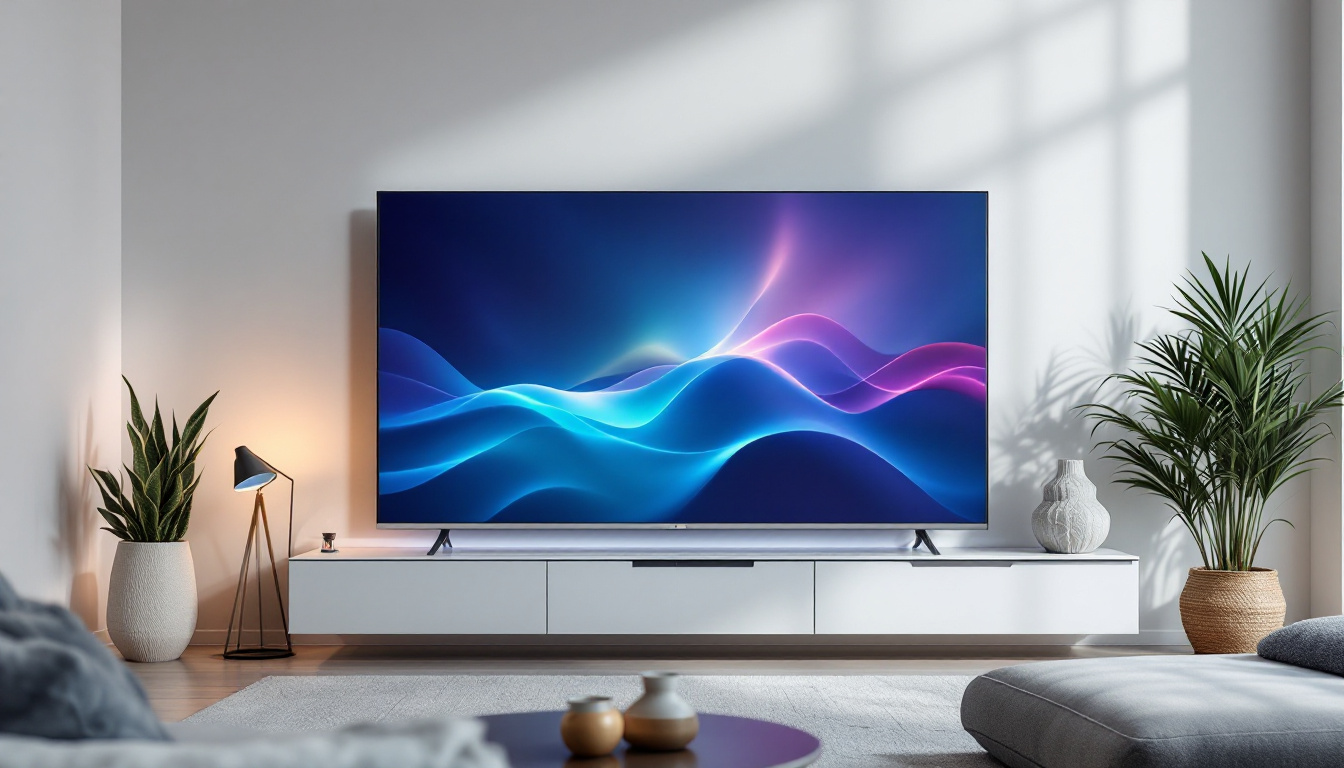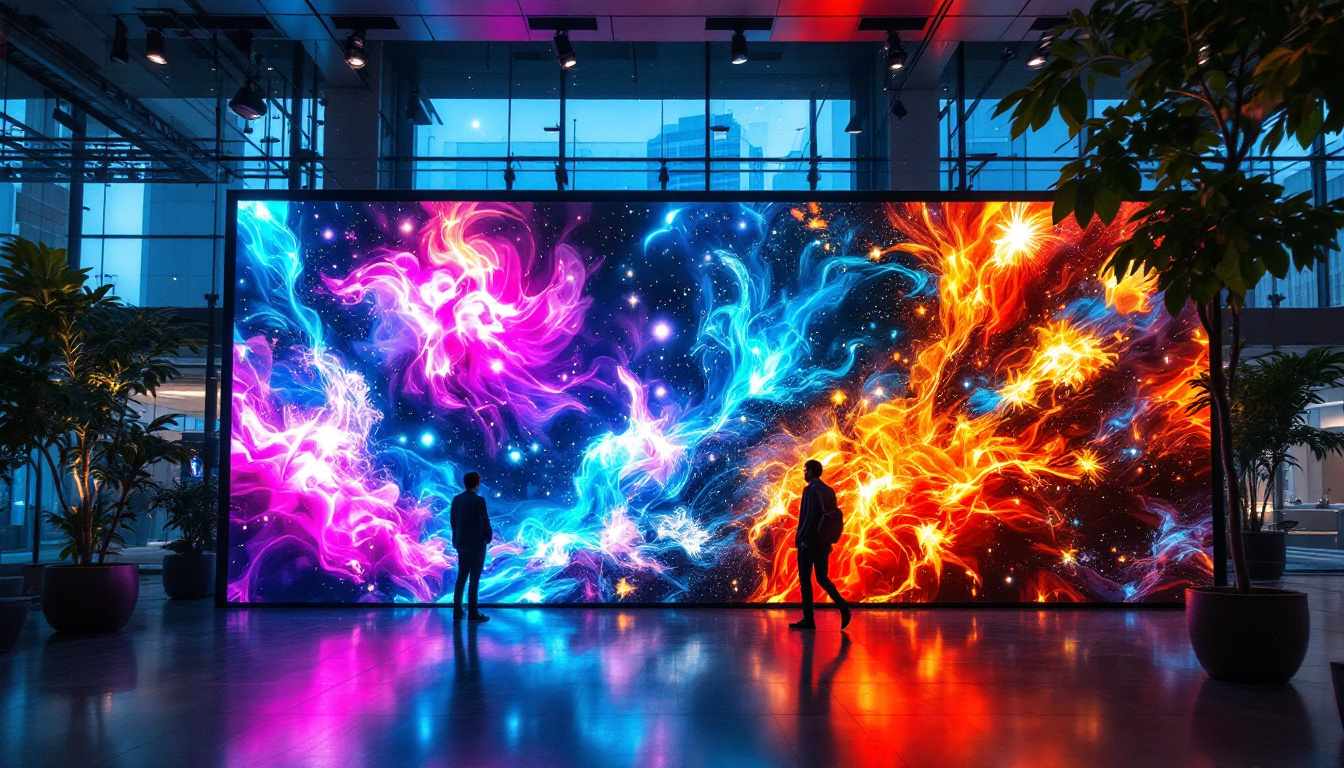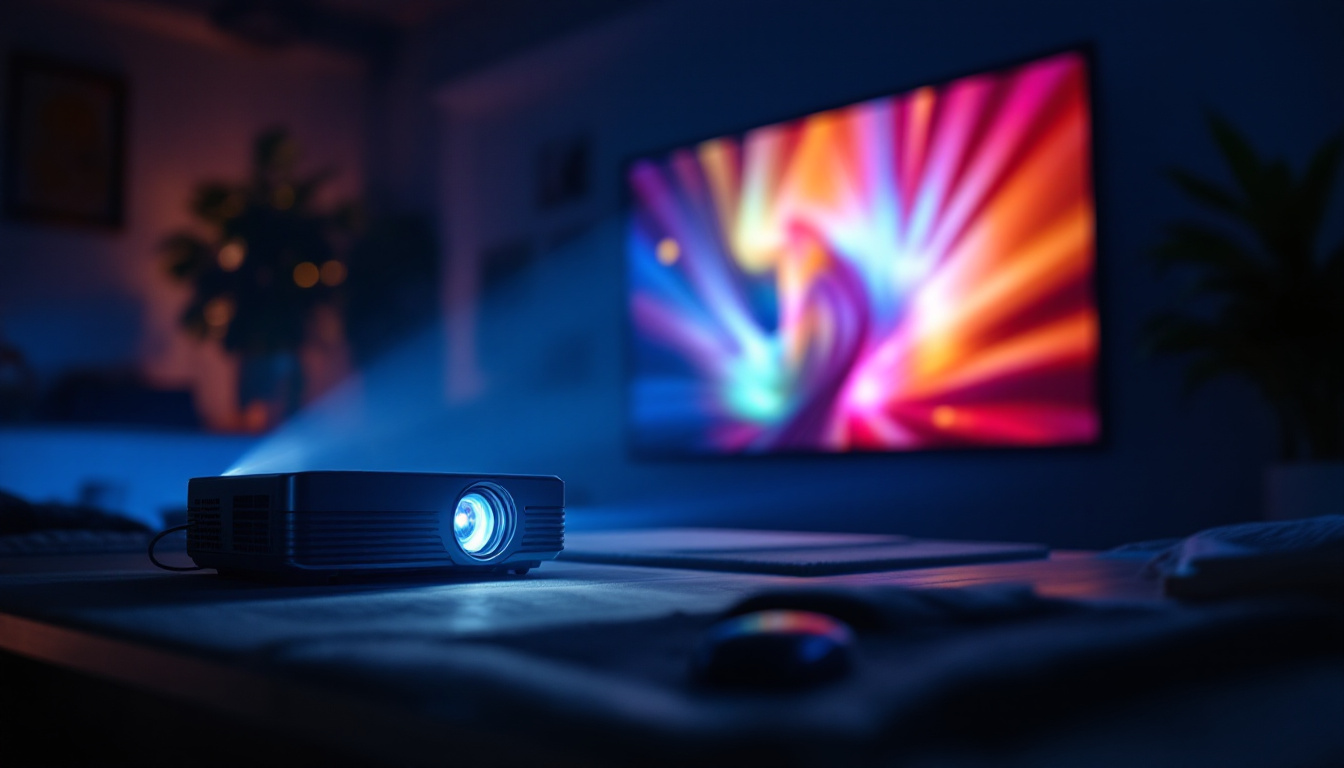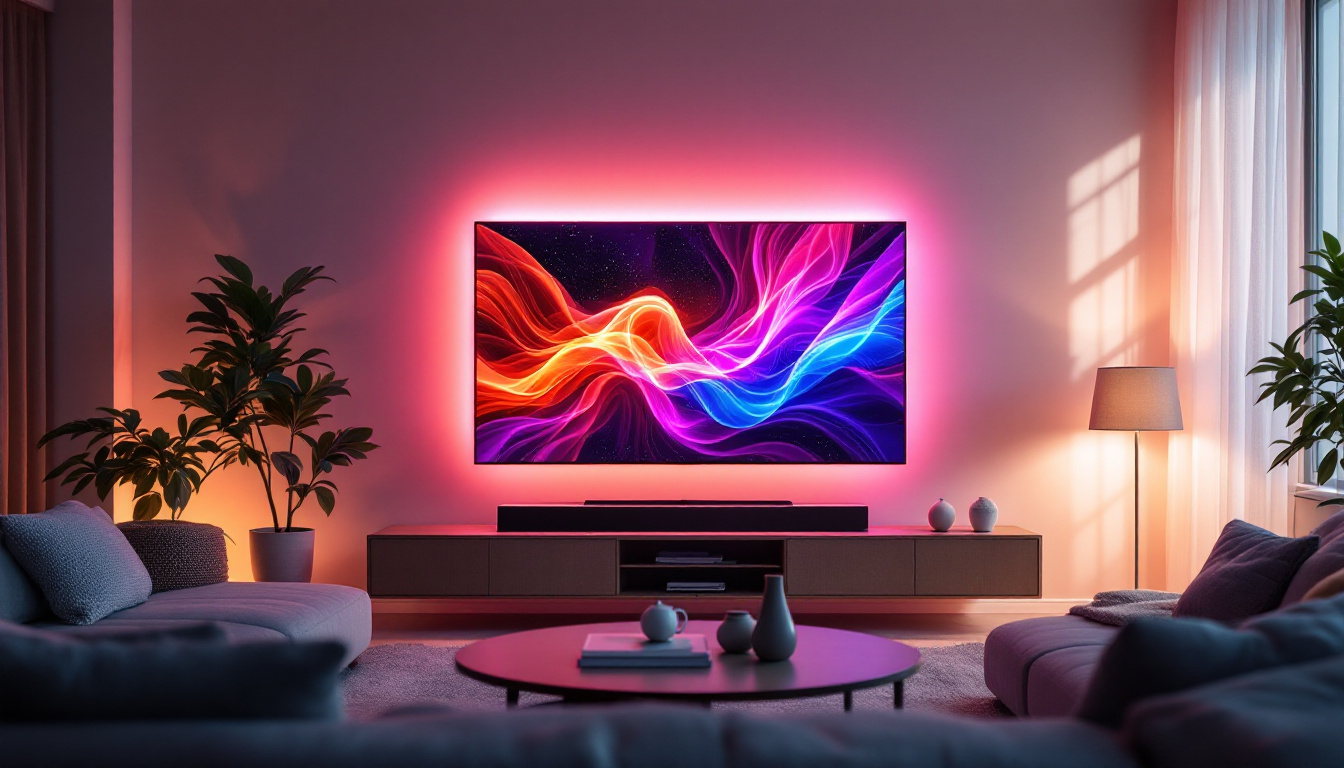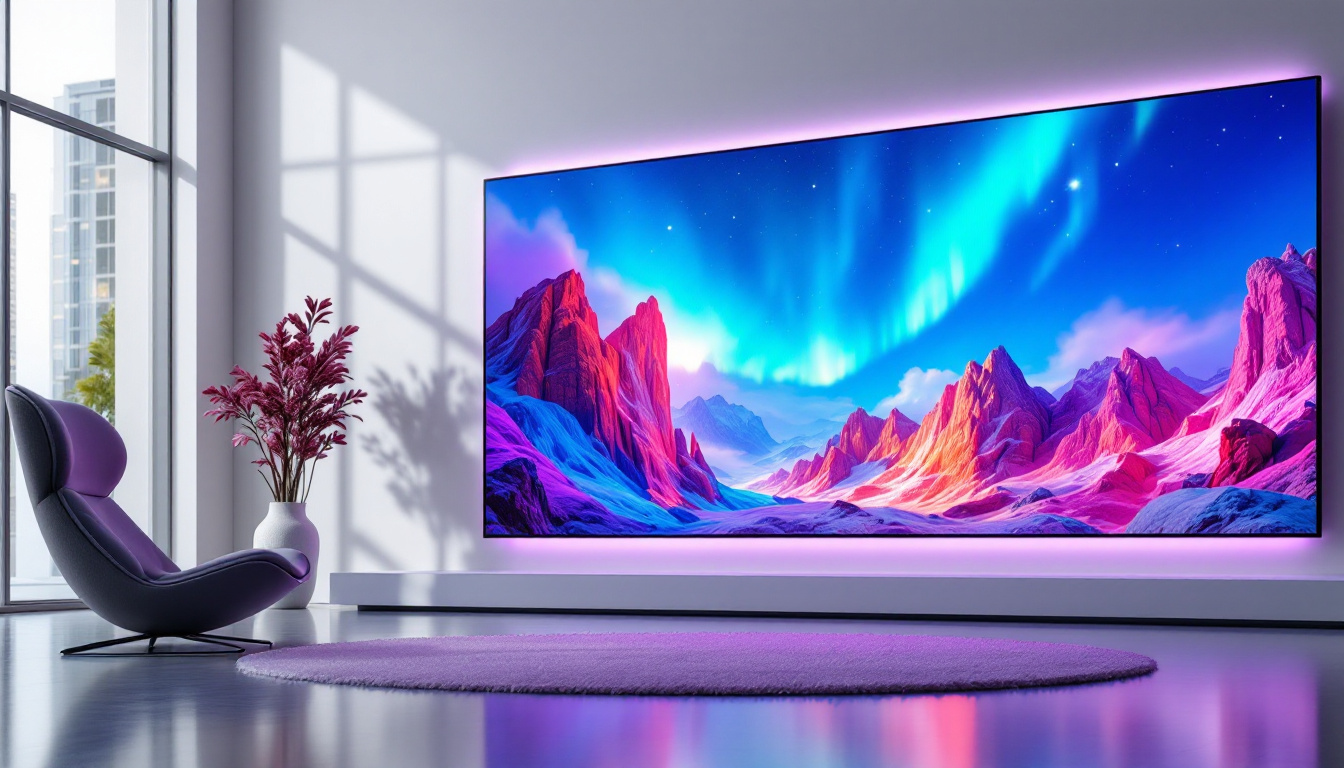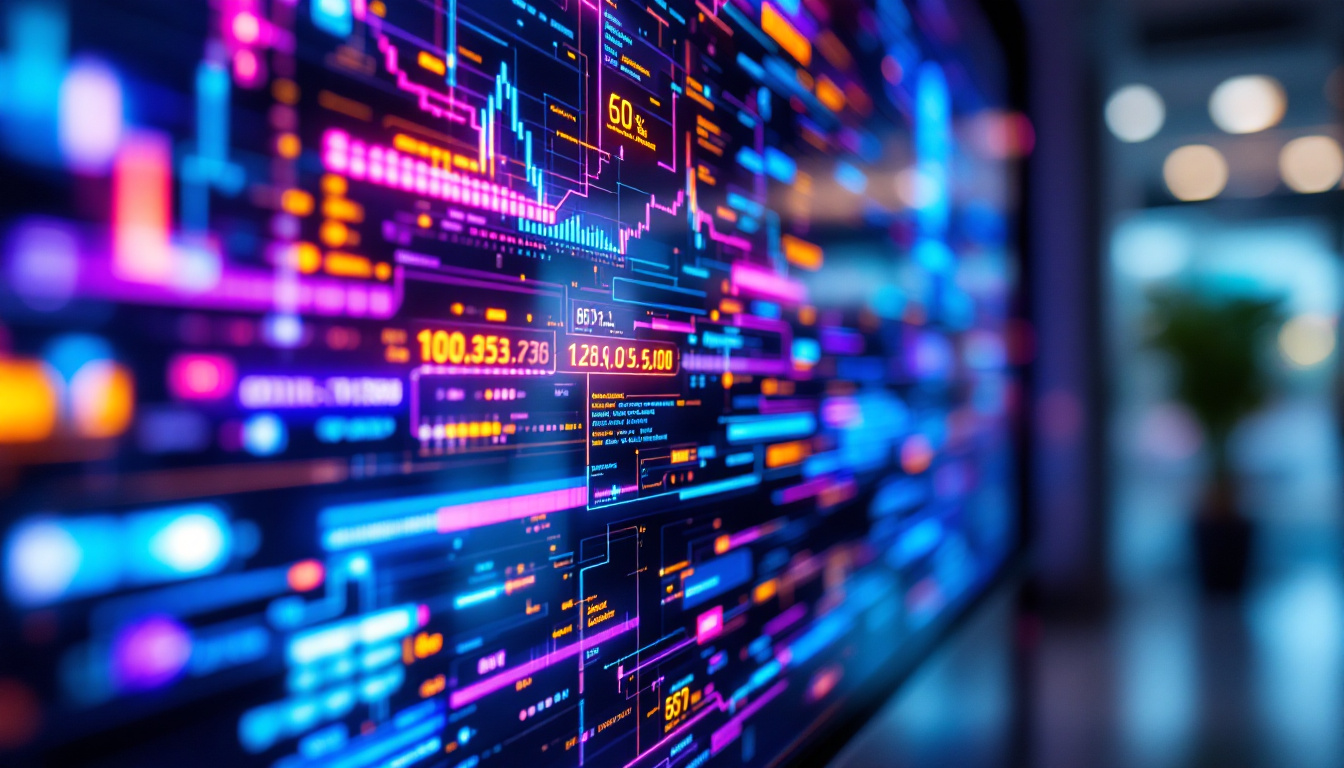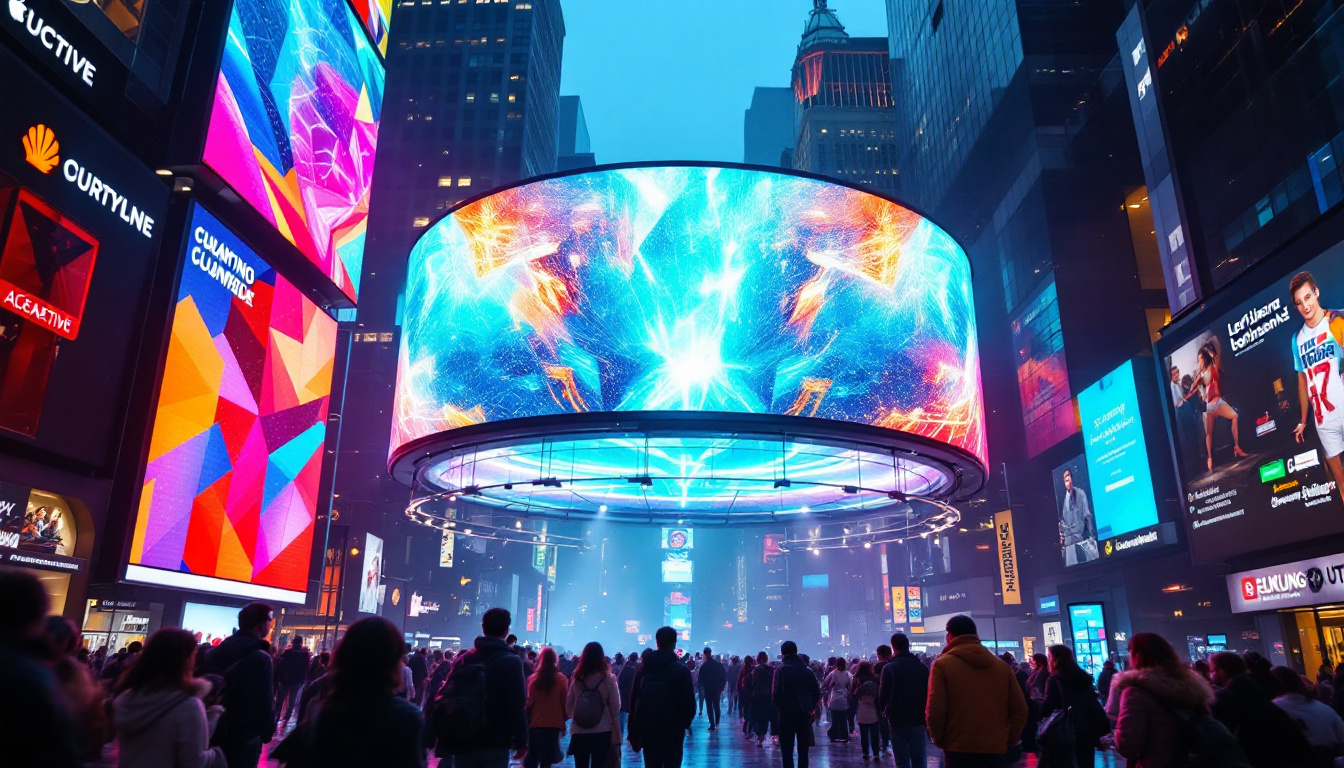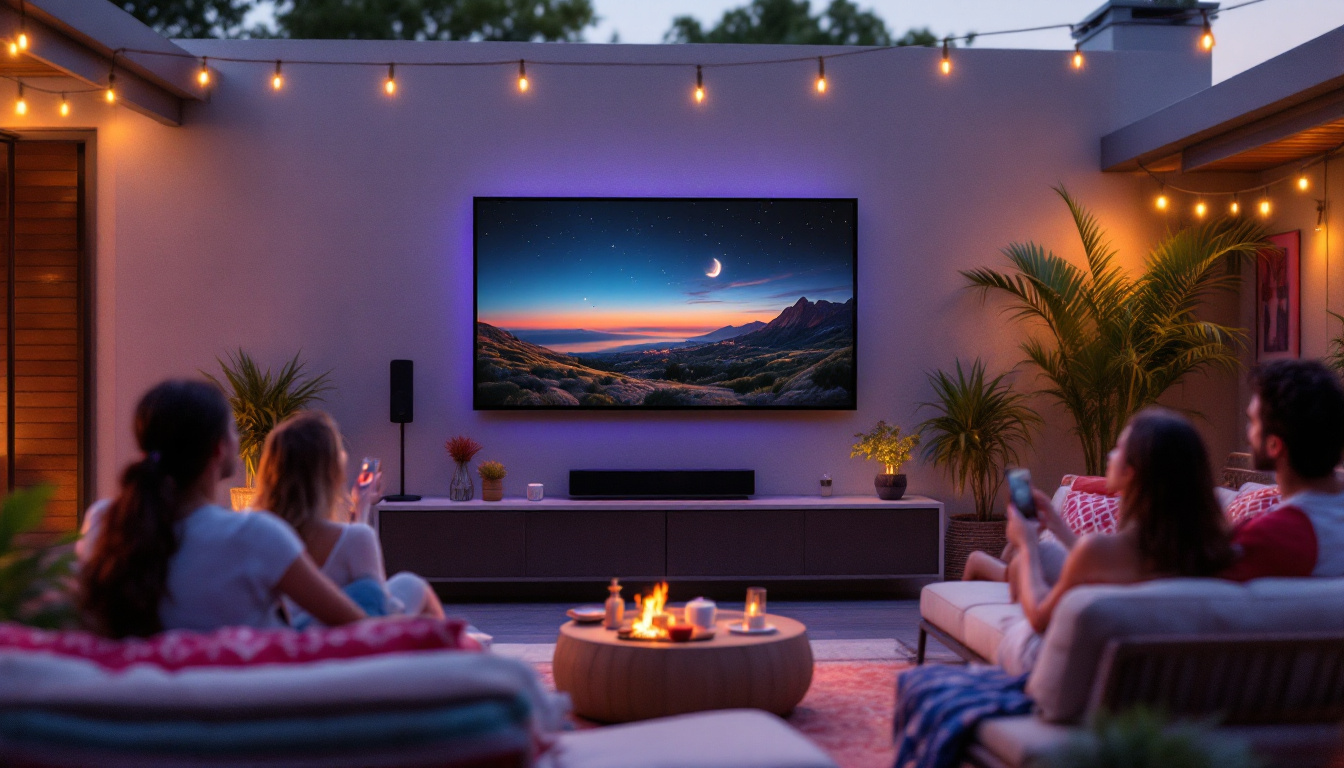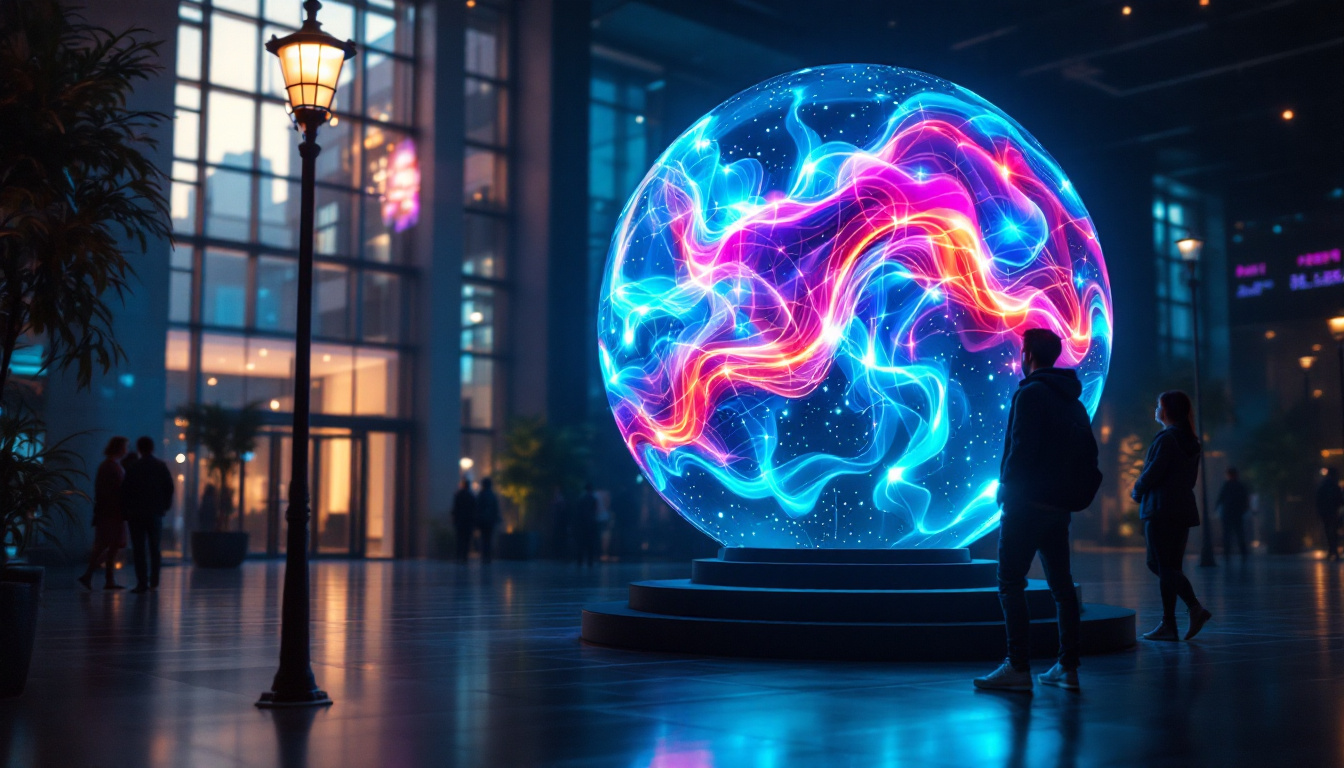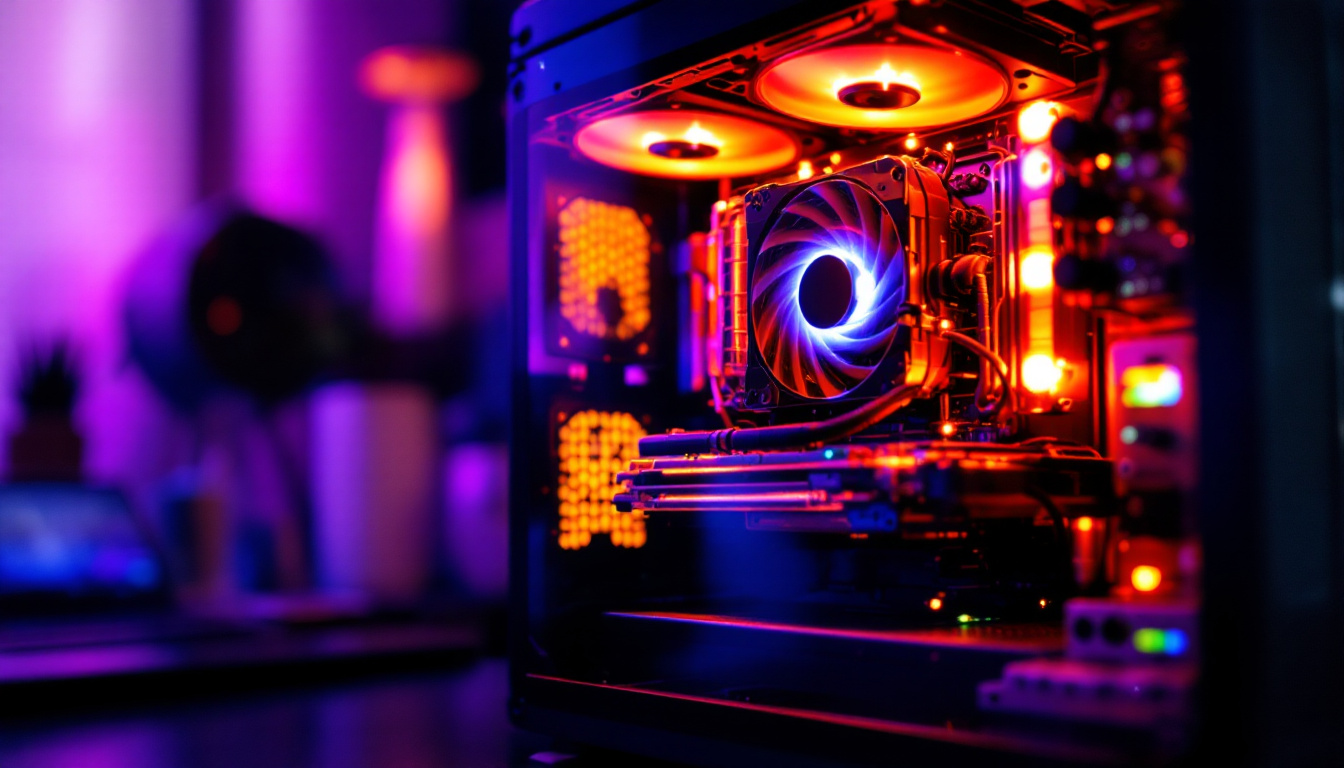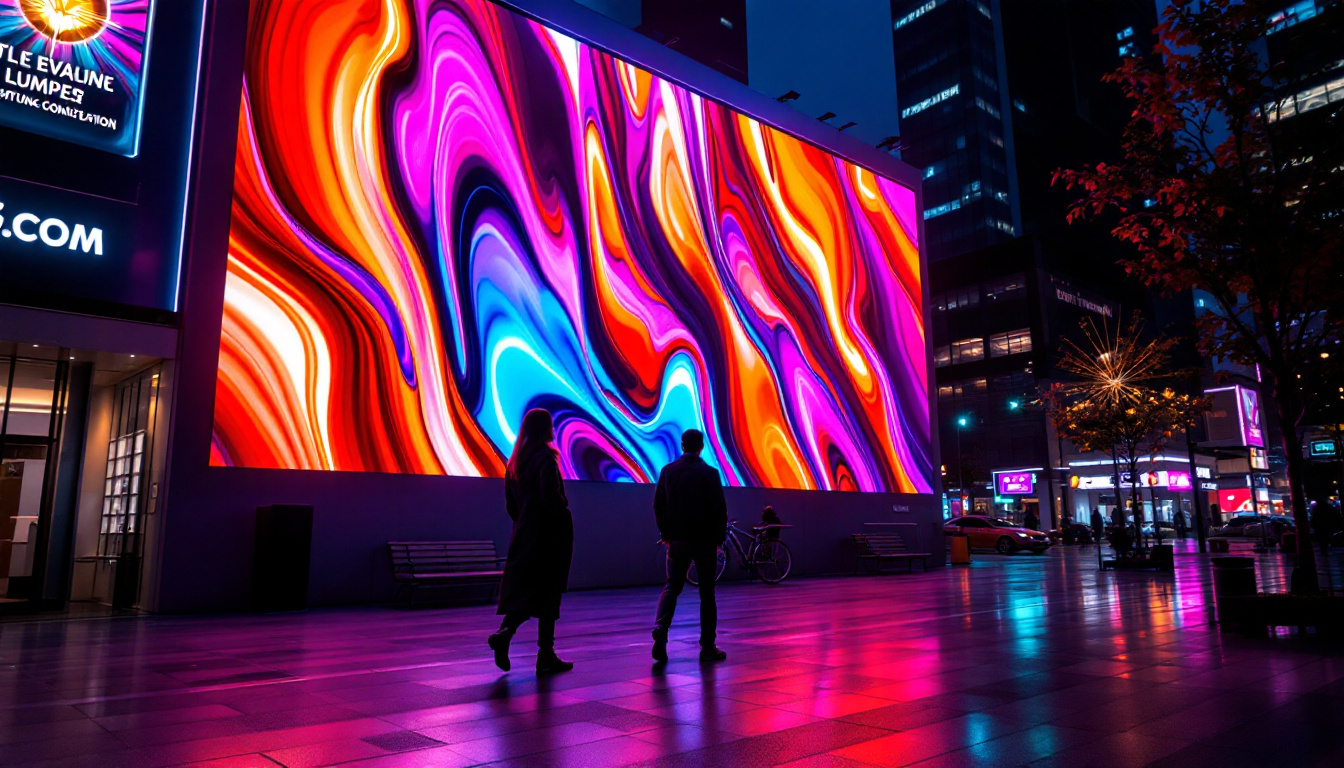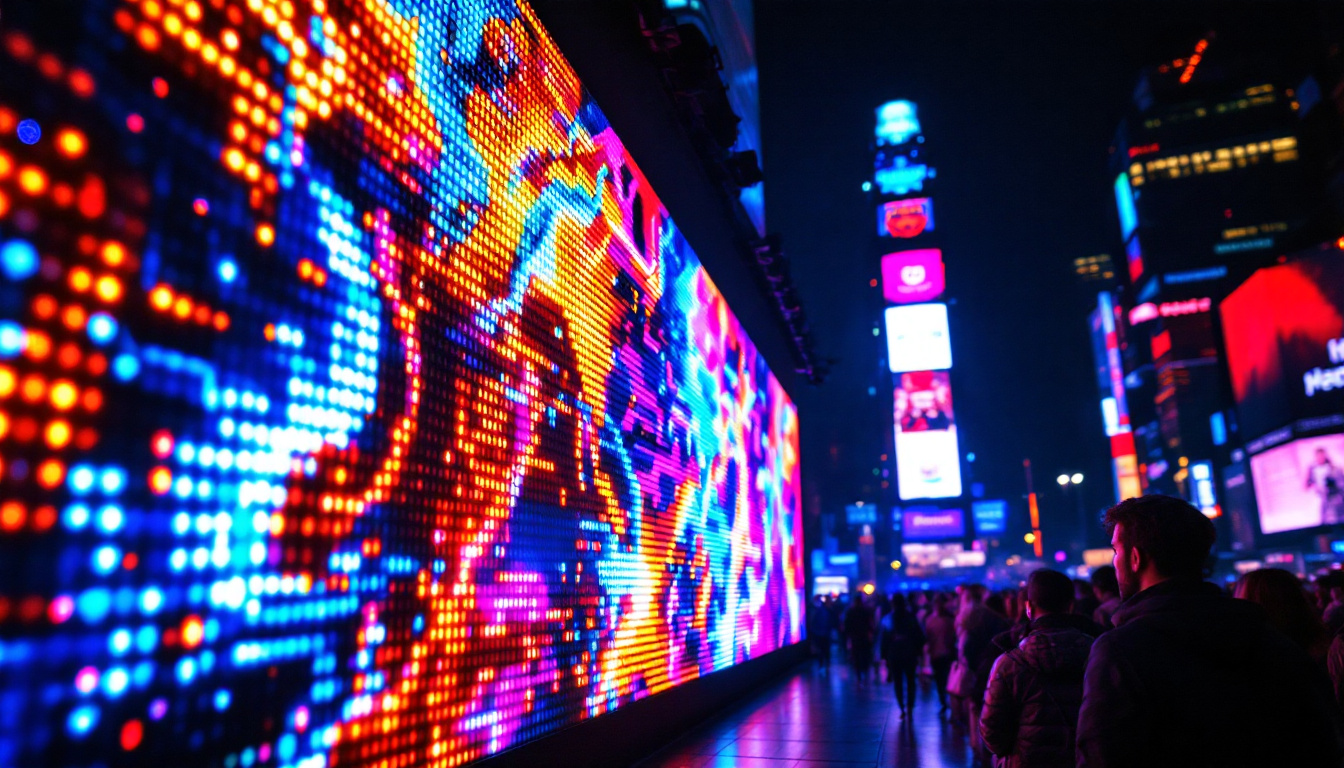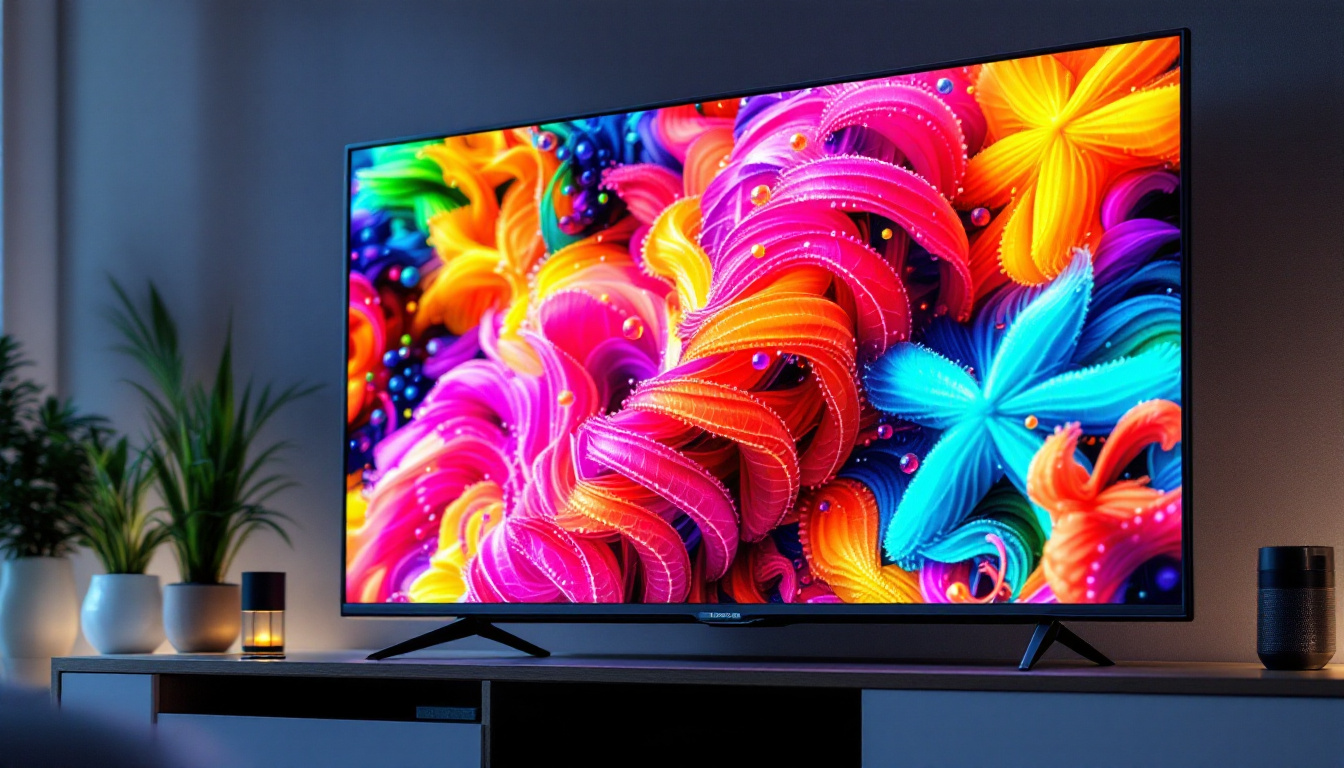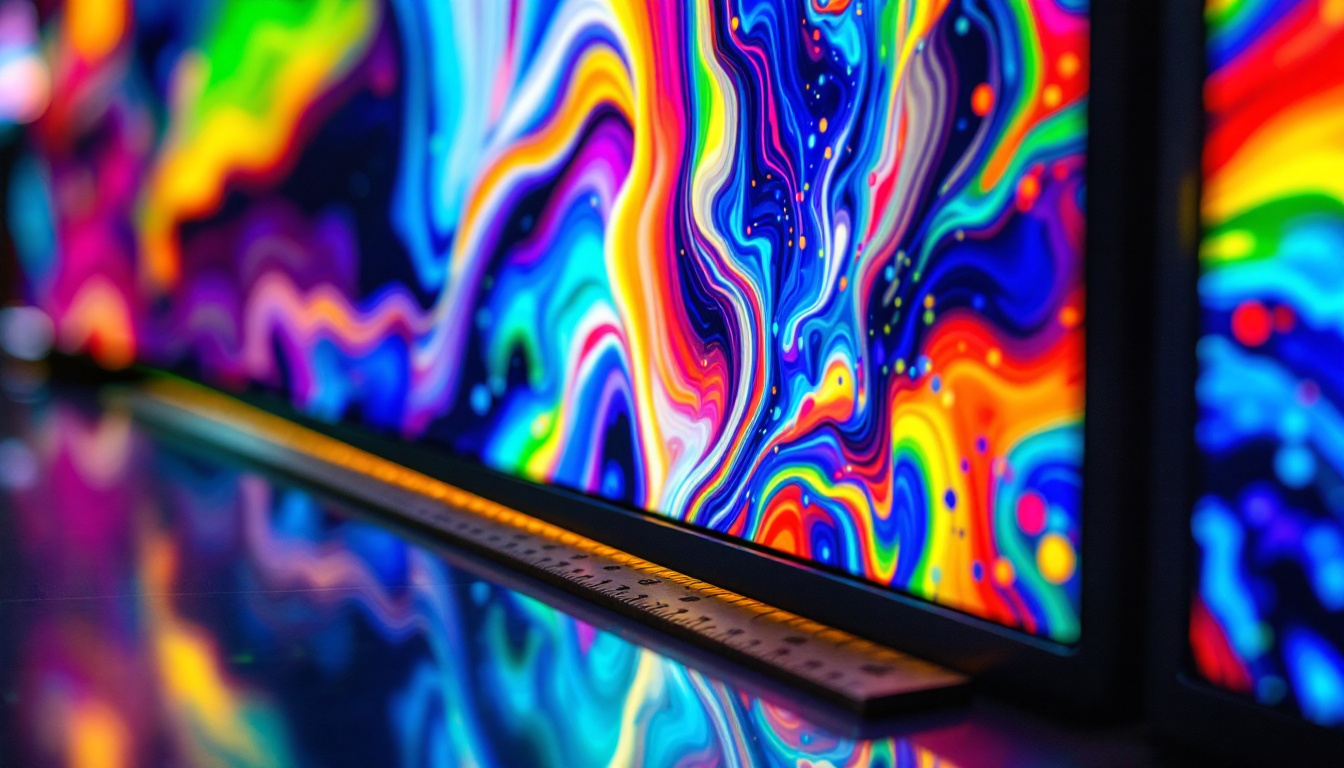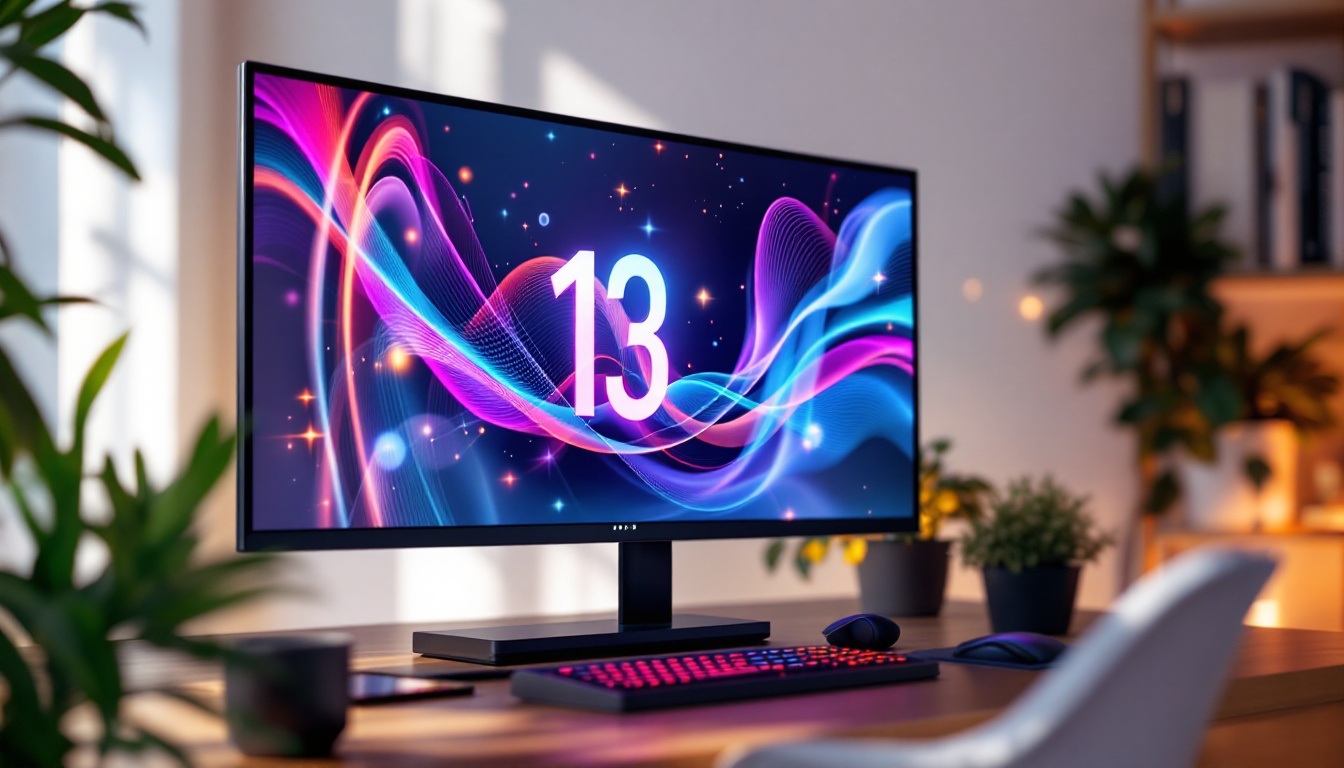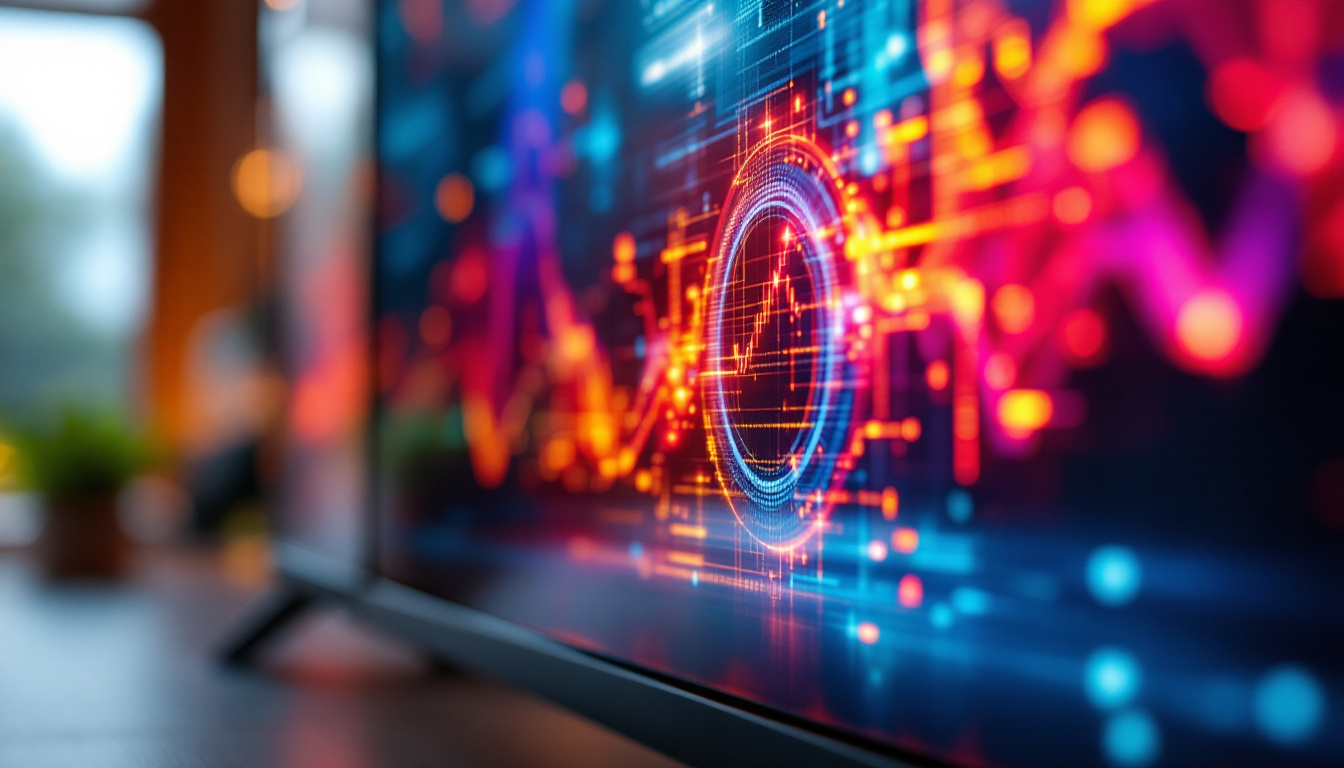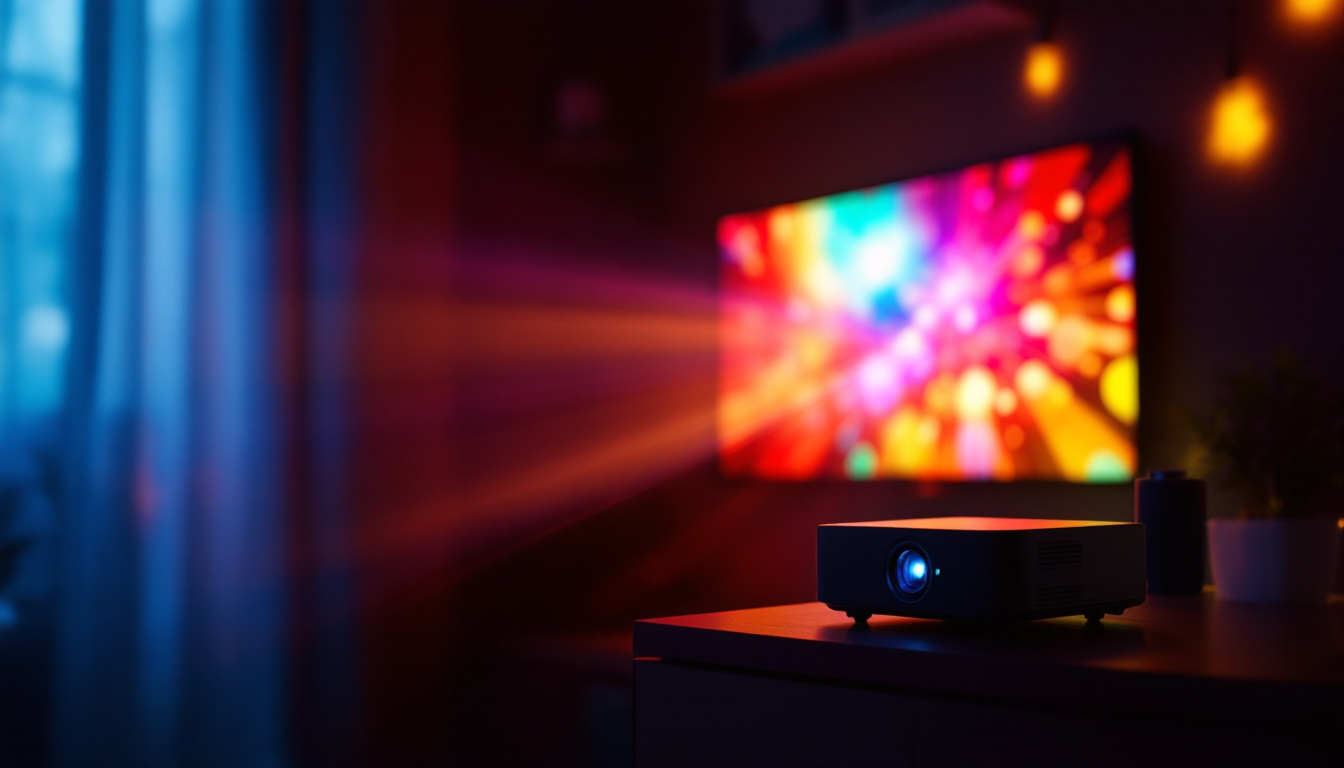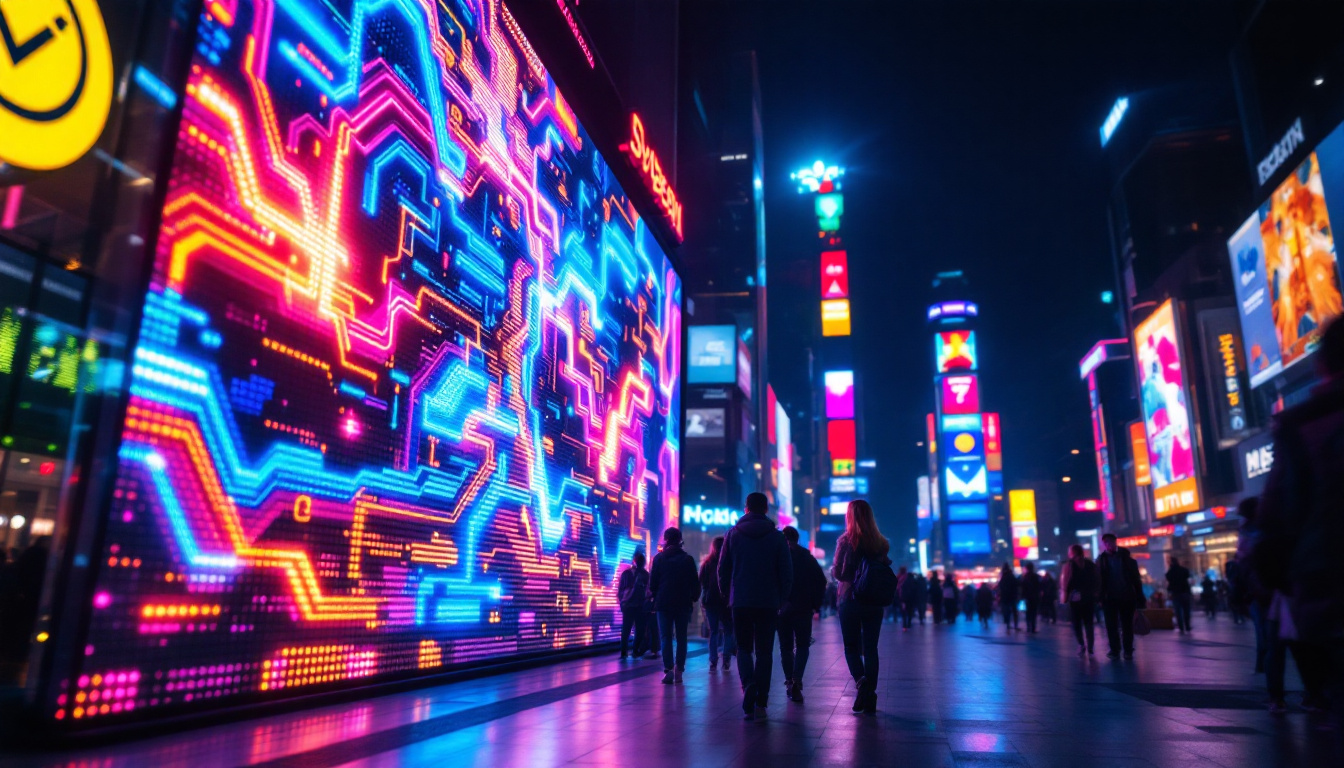In the realm of modern technology, LED displays have become a ubiquitous presence, transforming the way information is conveyed and experienced. The term “Mandalorian” may evoke images from popular culture, but in this context, it serves as a metaphor for the versatility and adaptability of LED technology. This article explores the definition of LED displays, their applications, advantages, and the future they hold in various industries.
Understanding LED Displays
LED, or Light Emitting Diode, displays are a type of flat panel display technology that utilizes light-emitting diodes to produce images. Unlike traditional LCD screens that rely on backlighting, LED displays generate their own light, resulting in brighter images and enhanced color vibrancy. This fundamental difference is what sets LED technology apart in the display market.
How LED Displays Work
The operation of LED displays is based on semiconductor technology. When an electrical current passes through a diode, it emits light. This principle is harnessed in various configurations, including RGB (Red, Green, Blue) LEDs, which combine to create a full spectrum of colors. The arrangement of these diodes on a screen determines the display’s resolution and overall image quality.
In essence, LED displays can be categorized into two main types: direct-view and backlit. Direct-view LED displays have diodes arranged in a grid to form the image directly, while backlit LED displays use LEDs to illuminate an LCD panel from behind. Each type has its unique advantages, catering to different applications and environments.
Types of LED Displays
LED displays come in various forms, each tailored to specific uses. Common types include:
- Indoor LED Displays: These are designed for use in controlled environments, such as shopping malls, conference rooms, and theaters. They typically offer high resolution and vibrant colors, making them ideal for advertising and presentations.
- Outdoor LED Displays: Built to withstand harsh weather conditions, outdoor displays are larger and brighter, ensuring visibility even in direct sunlight. They are commonly used for billboards, sports arenas, and public events.
- Transparent LED Displays: A newer innovation, these displays allow light to pass through, enabling unique applications in retail and architecture. They provide a futuristic look while maintaining visibility through the screen.
Another fascinating type of LED display is the flexible LED screen, which can be bent or shaped to fit various surfaces. This adaptability opens up new possibilities for creative advertising and artistic installations, allowing designers to create immersive environments that captivate audiences. Additionally, the advancements in microLED technology are paving the way for even smaller, more efficient displays that promise higher resolutions and lower power consumption, making them suitable for everything from smartphones to large-scale installations.
Furthermore, the integration of smart technology with LED displays has transformed how information is presented and interacted with. Smart LED displays can connect to the internet, enabling real-time updates and dynamic content changes. This capability is particularly beneficial for businesses that require timely information dissemination, such as weather updates, news tickers, or promotional content that can be altered based on audience engagement. The combination of LED technology with smart features is revolutionizing the display landscape, making it more interactive and responsive to user needs.
Applications of LED Displays
LED displays have found their way into numerous sectors, revolutionizing how information is presented and consumed. Their versatility allows them to serve various purposes, from advertising to entertainment and beyond.
Advertising and Marketing
One of the most prominent applications of LED displays is in advertising. Businesses leverage the eye-catching nature of LED technology to capture consumer attention. Dynamic content, such as animations and videos, can be easily displayed, making advertisements more engaging than static billboards.
Moreover, the ability to change content in real-time allows businesses to tailor their messages based on audience demographics, time of day, or special events. This adaptability enhances the effectiveness of marketing campaigns, driving higher engagement and conversion rates. For instance, a restaurant can showcase its daily specials during lunch hours and switch to happy hour promotions in the evening, ensuring that the content remains relevant and appealing to potential customers.
Additionally, LED displays are increasingly integrated with social media feeds, allowing brands to display user-generated content, such as tweets or Instagram posts, in real-time. This not only fosters community engagement but also encourages customers to interact with the brand online, creating a seamless connection between digital and physical marketing efforts.
Entertainment and Events
In the entertainment industry, LED displays have become indispensable. Concerts, festivals, and sporting events utilize large LED screens to enhance the audience experience. These displays provide live feeds, graphics, and visual effects that complement performances, creating an immersive environment.
Moreover, LED technology is not limited to large venues. Smaller LED screens are used in theaters and cinemas to display trailers and promotional content, ensuring that audiences are engaged even before the main event begins. The versatility of LED displays extends to interactive installations, where audiences can engage with the content through touch or motion sensors, further enriching the entertainment experience. For example, at art exhibitions, LED screens can be used to create dynamic backdrops that change in response to viewer movements, making the art more engaging and participatory.
Information and Communication
LED displays also play a crucial role in information dissemination. Airports, train stations, and bus terminals use LED screens to provide real-time updates on schedules and delays. Their clarity and visibility make them ideal for conveying important information quickly and efficiently.
In corporate settings, LED displays are used for presentations and meetings, allowing for clear visibility of data and graphics. This enhances communication within teams and ensures that everyone is on the same page. Furthermore, LED technology is being adopted in educational institutions, where interactive displays can facilitate collaborative learning. In classrooms, teachers can use LED screens to present multimedia content, engage students with quizzes, or even conduct virtual lessons, making learning more dynamic and accessible. The integration of LED displays in these environments not only modernizes the educational experience but also prepares students for a technology-driven future.
Advantages of LED Displays
The growing popularity of LED displays can be attributed to several advantages they offer over traditional display technologies. Understanding these benefits is essential for businesses and consumers alike when considering display options.
Energy Efficiency
One of the standout features of LED technology is its energy efficiency. LED displays consume significantly less power compared to traditional LCD and plasma screens. This not only reduces operational costs but also minimizes environmental impact, making them a more sustainable choice for businesses.
The lower energy consumption of LED displays translates to reduced heat generation, which can prolong the lifespan of the display and decrease the need for cooling systems in large installations.
Durability and Longevity
LED displays are designed to be robust and durable. They can withstand harsh environmental conditions, making them suitable for both indoor and outdoor applications. The solid-state nature of LEDs means they are less prone to damage from impact or vibration compared to traditional display technologies.
Moreover, LED displays have a longer lifespan, often exceeding 50,000 hours of operation. This longevity reduces the frequency of replacements and maintenance, ultimately saving costs in the long run.
High Brightness and Contrast
LED displays are known for their exceptional brightness and contrast ratios. This capability allows them to produce vivid colors and sharp images, even in brightly lit environments. The ability to maintain image quality in various lighting conditions makes LED displays a preferred choice for outdoor advertising and public displays.
Additionally, the high contrast ratios enhance the viewing experience, ensuring that details are visible and colors are accurately represented. This is particularly important in applications such as digital signage, where clarity is crucial for effective communication.
The Future of LED Displays
As technology continues to evolve, the future of LED displays looks promising. Innovations in design, functionality, and integration are paving the way for new applications and improved user experiences.
Advancements in Technology
Recent advancements in LED technology, such as MicroLED and MiniLED, are pushing the boundaries of display capabilities. MicroLED technology offers even smaller diodes, resulting in higher pixel density and improved image quality. This innovation is expected to lead to more compact and high-resolution displays suitable for a variety of applications.
Furthermore, the integration of artificial intelligence (AI) and machine learning into display technology is set to enhance personalization and interactivity. Smart LED displays can analyze viewer behavior and preferences, tailoring content to individual users and creating a more engaging experience.
Integration with Smart Technologies
The rise of smart cities and the Internet of Things (IoT) is driving the integration of LED displays with other technologies. Smart LED displays can interact with sensors and data systems to provide real-time information and updates. For example, in urban environments, LED displays can relay traffic updates, weather information, and emergency alerts, enhancing public safety and awareness.
This interconnectedness is not limited to public displays; businesses can also leverage smart LED technology to optimize advertising strategies and improve customer engagement through data-driven insights.
Environmental Sustainability
As concerns about environmental sustainability grow, the LED industry is responding with eco-friendly practices. Manufacturers are focusing on creating displays that are not only energy-efficient but also made from recyclable materials. This shift towards sustainability is essential for reducing the carbon footprint associated with display technology.
Moreover, advancements in energy storage and solar-powered LED displays are paving the way for off-grid applications, particularly in remote areas where access to electricity is limited. This innovation can revolutionize how information is shared in underserved communities.
Conclusion
LED displays have transformed the landscape of visual communication, offering unparalleled versatility, efficiency, and durability. From advertising to entertainment and information dissemination, their applications are vast and varied. As technology continues to advance, the future of LED displays promises even greater innovations that will enhance user experiences and promote sustainability.
Understanding the definition and functionality of LED displays is crucial for businesses and consumers alike. By embracing this technology, organizations can leverage its benefits to engage audiences, improve communication, and contribute to a more sustainable future. The Mandalorian metaphor serves as a reminder of the adaptability and resilience of LED technology, making it a key player in the ever-evolving world of display solutions.
Explore Cutting-Edge LED Displays with LumenMatrix
Ready to elevate your visual communication with the latest in LED display technology? Discover LumenMatrix’s innovative solutions, from vibrant Indoor LED Wall Displays to dynamic Outdoor LED Wall Displays, and beyond. Our mission is to revolutionize your visual storytelling with displays that captivate and engage. Whether you’re looking to enhance brand visibility, create immersive environments, or deliver impactful messages, LumenMatrix has the state-of-the-art LED display modules you need. Check out LumenMatrix LED Display Solutions today and see how we can illuminate your world with clarity and creativity.

